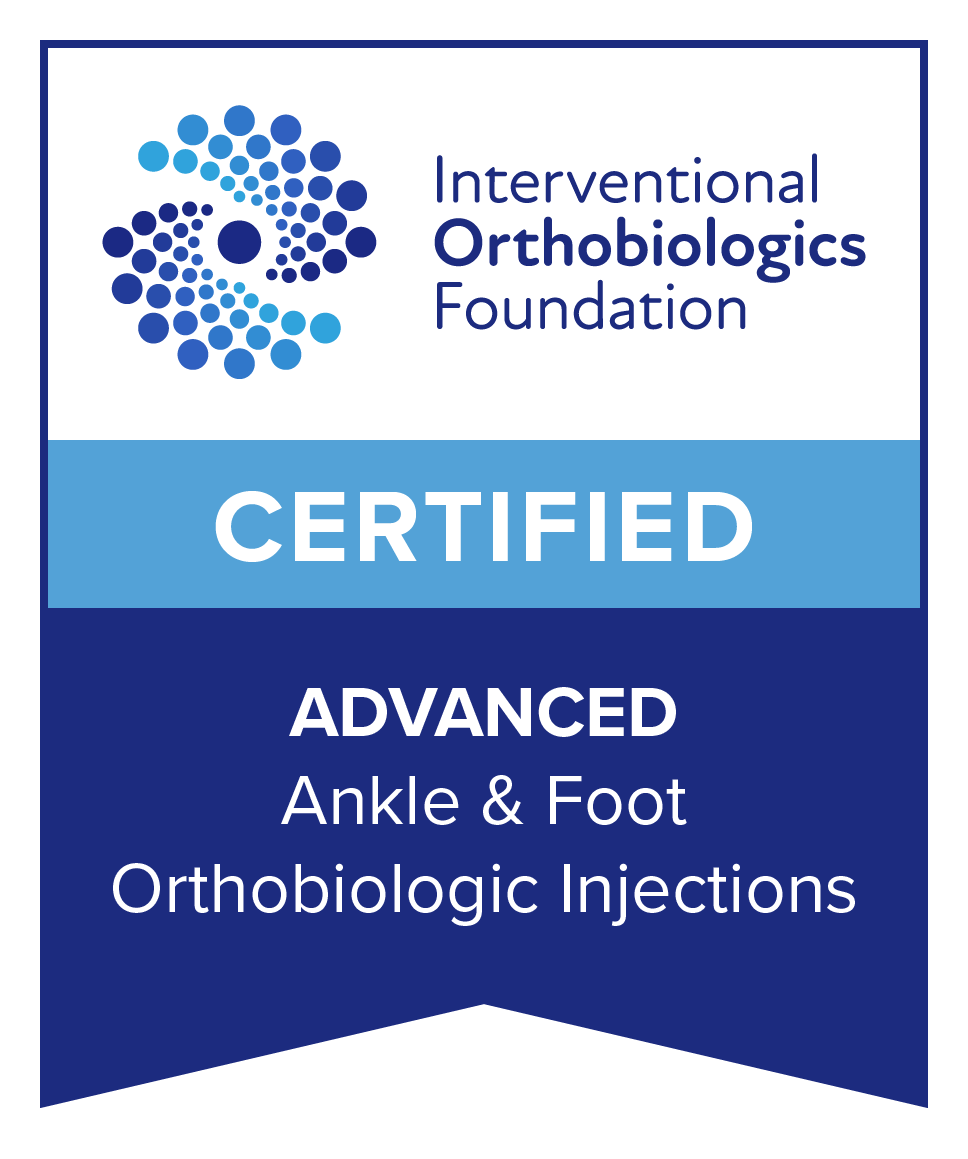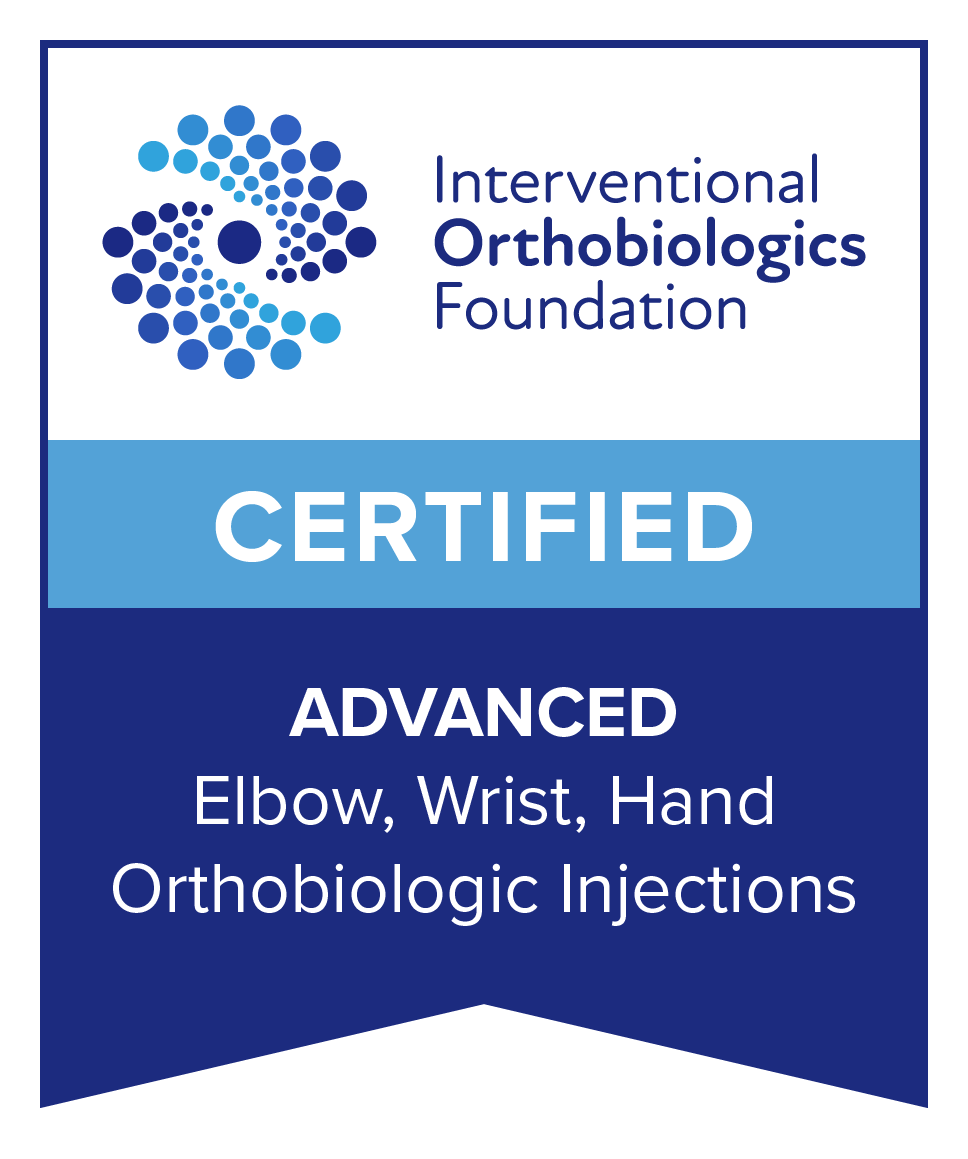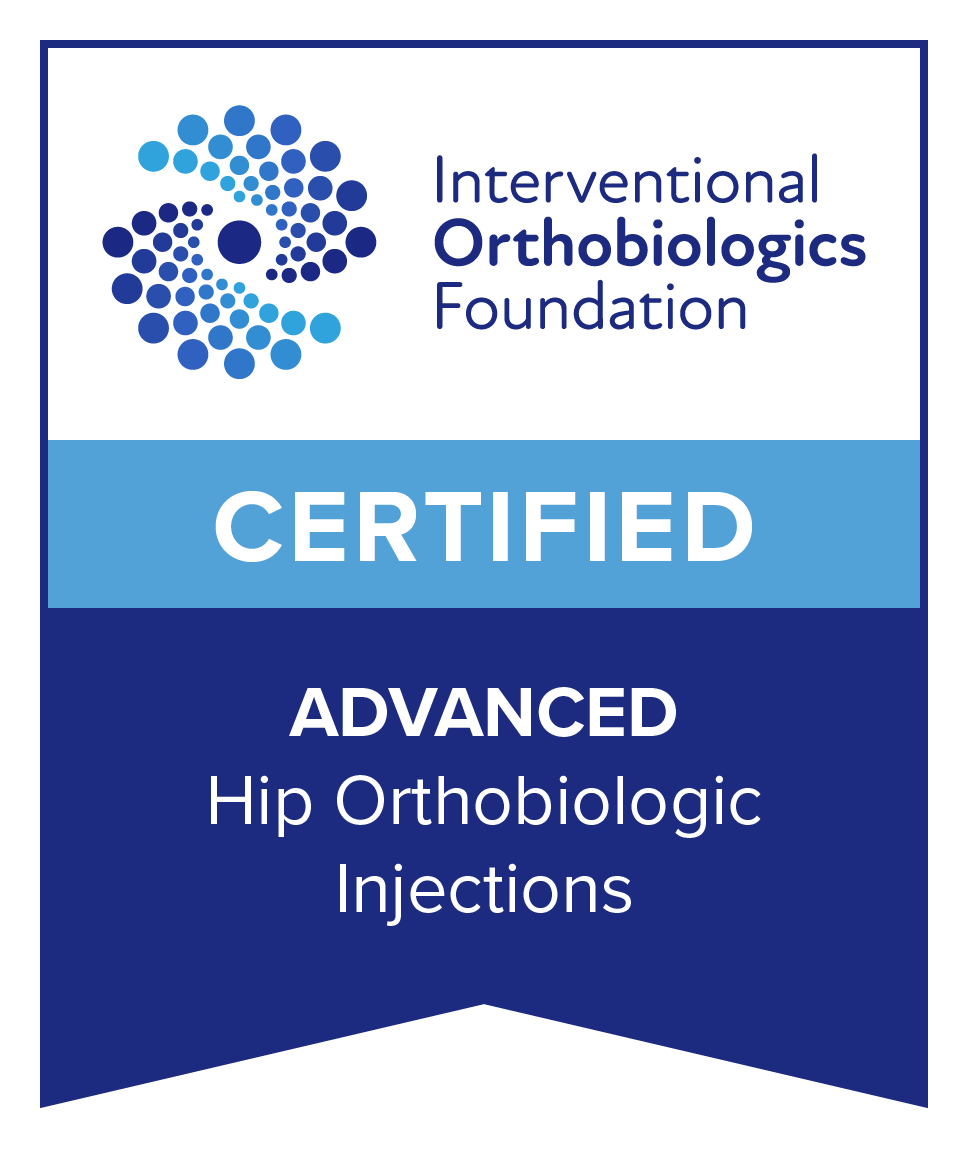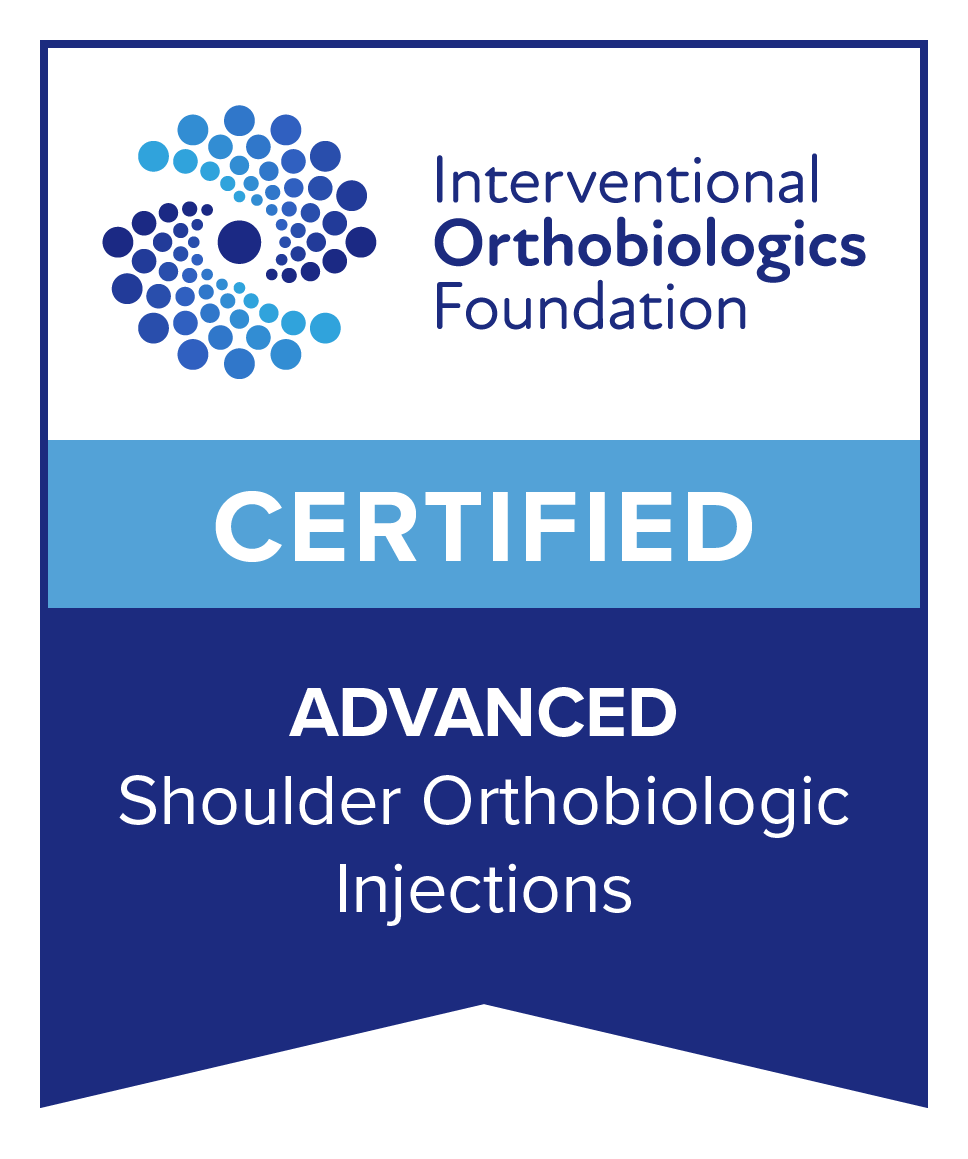Kyphosis
Kyphosis Treatment Options in Pearland, TX
Chronic back pain, stiffness, and unnatural spinal curvature are signs indicative of a condition known as kyphosis. Whether you’ve recently been diagnosed, or you suspect you have kyphosis, Lance LaFleur, MD, PLLC, is here to help. Discover compassionate care and tailored kyphosis treatment with our team at the Texas Institute of Pain & Spine in Pearland, TX.

Reclaim Your Comfort & Well-being
Chronic pain alters the way you experience life. With a belief that all individuals deserve maximized mental and physical well-being, the Texas Institute of Pain & Spine offers comprehensive pain management. From thoracic kyphosis treatment to sports injuries and beyond, reclaim your comfort and wellness with our multidisciplinary professionals and state-of-the-art facility.
What Is Kyphosis?
Kyphosis is a condition characterized by an unnatural curvature of the thoracic spine. Kyphosis causes the spine’s front vertebrae to lean or tip forward. In contrast to normal upper-back curvature, kyphosis creates an excessive hump or curve in the spine that exceeds 50 degrees. The symptoms associated with this condition vary depending on the cause and severity.
What Causes Kyphosis?
Different types of kyphosis are categorized by the underlying cause of the condition. In most cases, kyphosis develops later in life due to lifestyle habits or age-related degeneration. On the other hand, children may experience congenital kyphosis related to spinal malformations present at the time of birth or Scheuermann’s kyphosis, which is linked to structural deformities.
The Causes of Kyphosis in Adults
Adult kyphosis is commonly associated with age-related bone, joint, and/or cartilage degeneration. Some of the underlying causes include:
- Osteoporosis
- Spinal arthritis
- Degenerative disc disease
- Prolonged postural inefficiencies, including excessive slouching
- Complications or insufficient healing following a spinal ligament injury or fracture
- Post-surgical complications caused by a spinal procedure
The Symptoms of Kyphosis
The onset of kyphosis is gradual. This makes early-stage kyphosis challenging to detect without the guidance of a spine specialist. The primary symptom of this condition is a visible change in the appearance of the back, especially when viewed from the side. As kyphosis progresses, you may also experience persistent back pain, stiffness, and/or aching sensations.
Diagnosing Kyphosis
The first step towards managing kyphosis begins with a diagnostic assessment at the Texas Institute of Pain & Spine. Our spine specialist, Lance Lafleur, MD, PLLC, employs a thorough diagnostic process. This assessment involves reviewing your symptoms, medical history, and family history, followed by a physical evaluation and advanced diagnostic imaging procedures, including x-rays, CT, and/or MRI scans.
How Kyphosis Is Treated
Kyphosis treatment is not a one-size-fits-all solution. Treatments are based on the underlying cause and severity of the patient’s kyphosis. At the Texas Institute of Pain & Spine, we develop individualized treatment plans that may include one or a combination of conservative therapies, minimally invasive interventional techniques, and, in severe cases, surgical procedures.
Kyphosis Treatment Options
Kyphosis adult treatment options vary. Prioritizing patient comfort, we strive to exercise conservative options before considering more invasive procedures. These treatments may include:
- Physical therapy and rehabilitation techniques to reduce discomfort and improve mobility and strength
- Lifestyle modifications, including weight management to alleviate excess pressure
- Supportive braces to control the progression of the spinal curvature
- Prescription medications
The Role of Conservative Kyphosis Treatment
Conservative kyphosis treatment options are not designed to correct the visible curvature of the spine. These rehabilitative therapies play a functional role. Physical therapy, medications, and injectable treatments aim to alleviate or reduce pain and restore or improve the patient’s mobility and strength.
Surgical Thoracic Kyphosis Treatment
Kyphosis surgery is reserved for patients who are not responding to conservative therapies and those seeking to reduce the visibility of their spinal curvature. Vertebroplasty or kyphoplasty may be recommended for patients experiencing a collapsed or fractured vertebral body. These procedures reinforce the strength and stability of the vertebrae.
Call to Get Started With Kyphosis Treatment
Get on track towards sustainable pain relief and a greater quality of life with Lance LaFleur, MD, PLLC, and the Texas Institute of Pain & Spine. We are a premier choice for compassionate and personalized cervical kyphosis treatment in Pearland, TX. Contact us today to schedule a consultation to get started.




